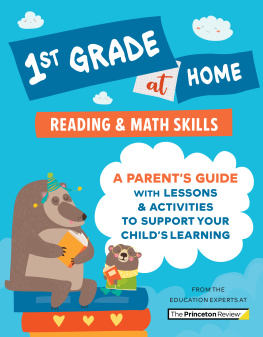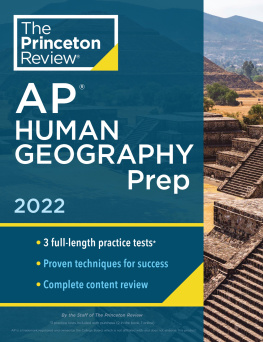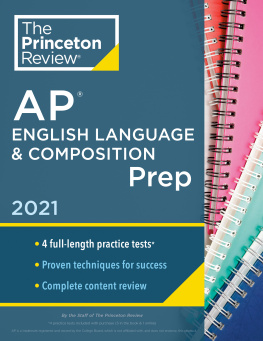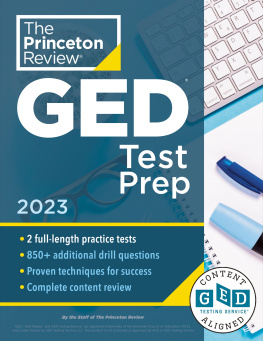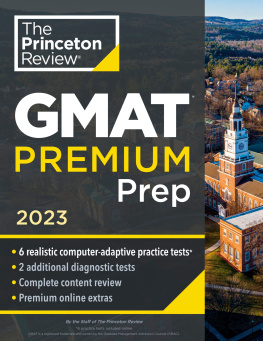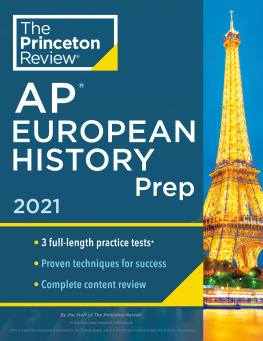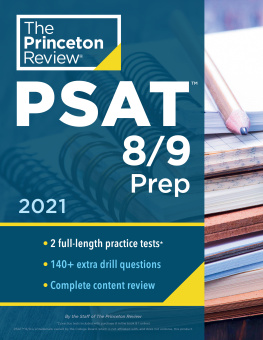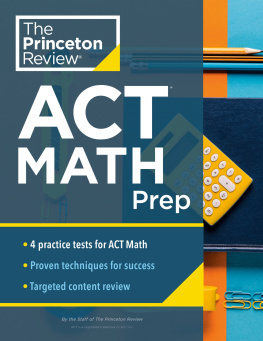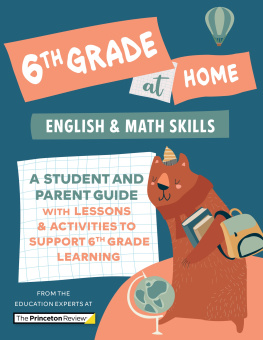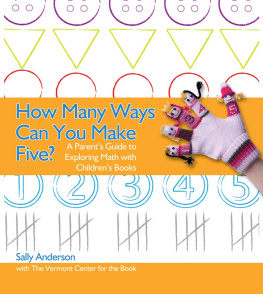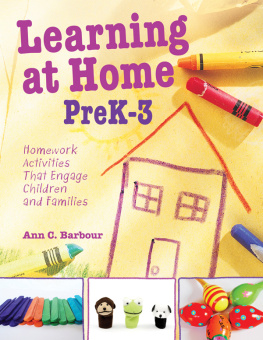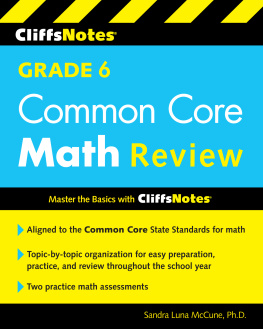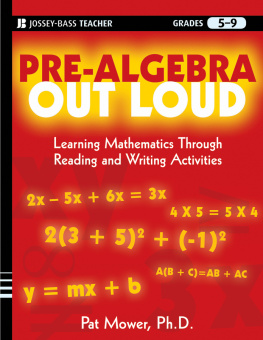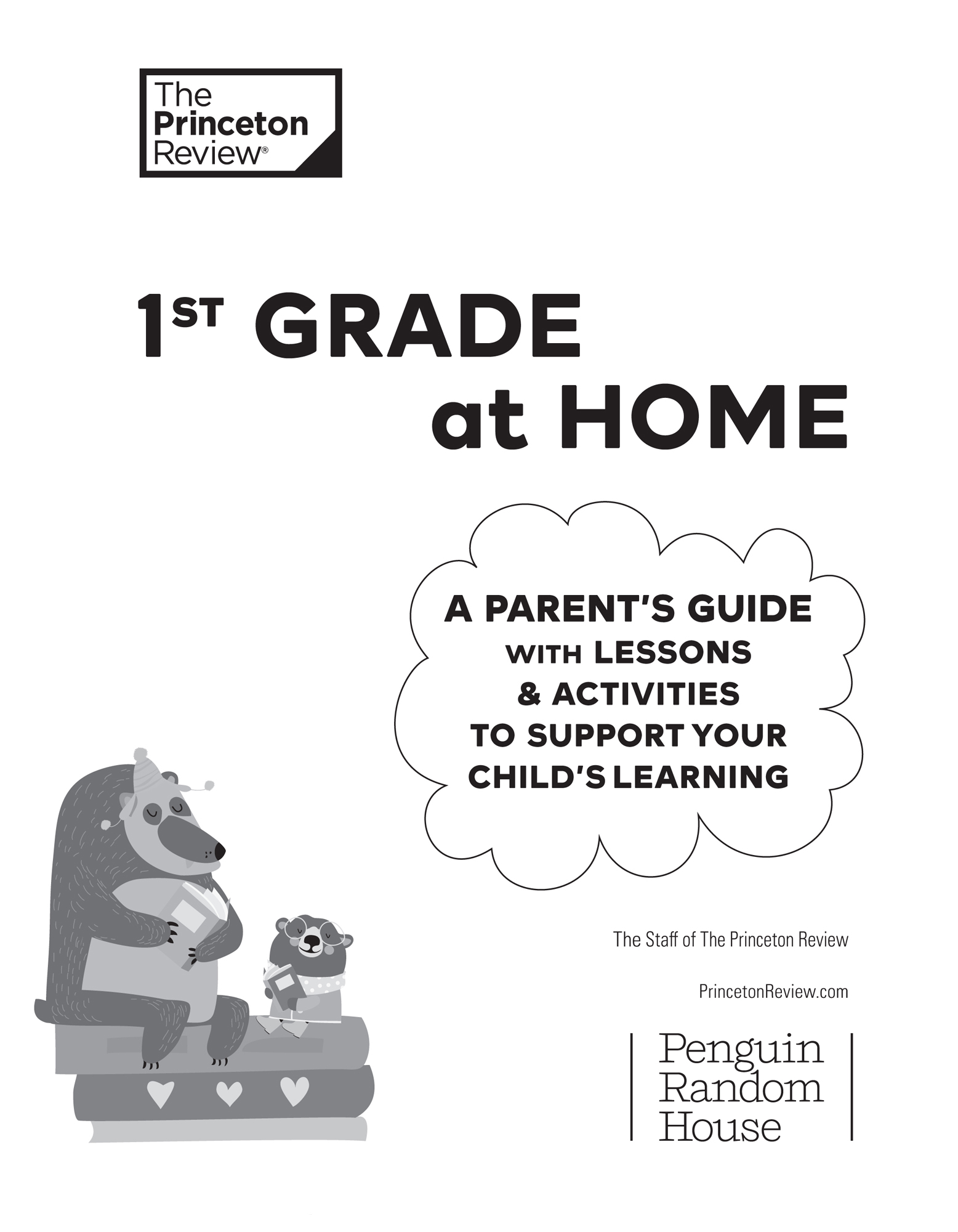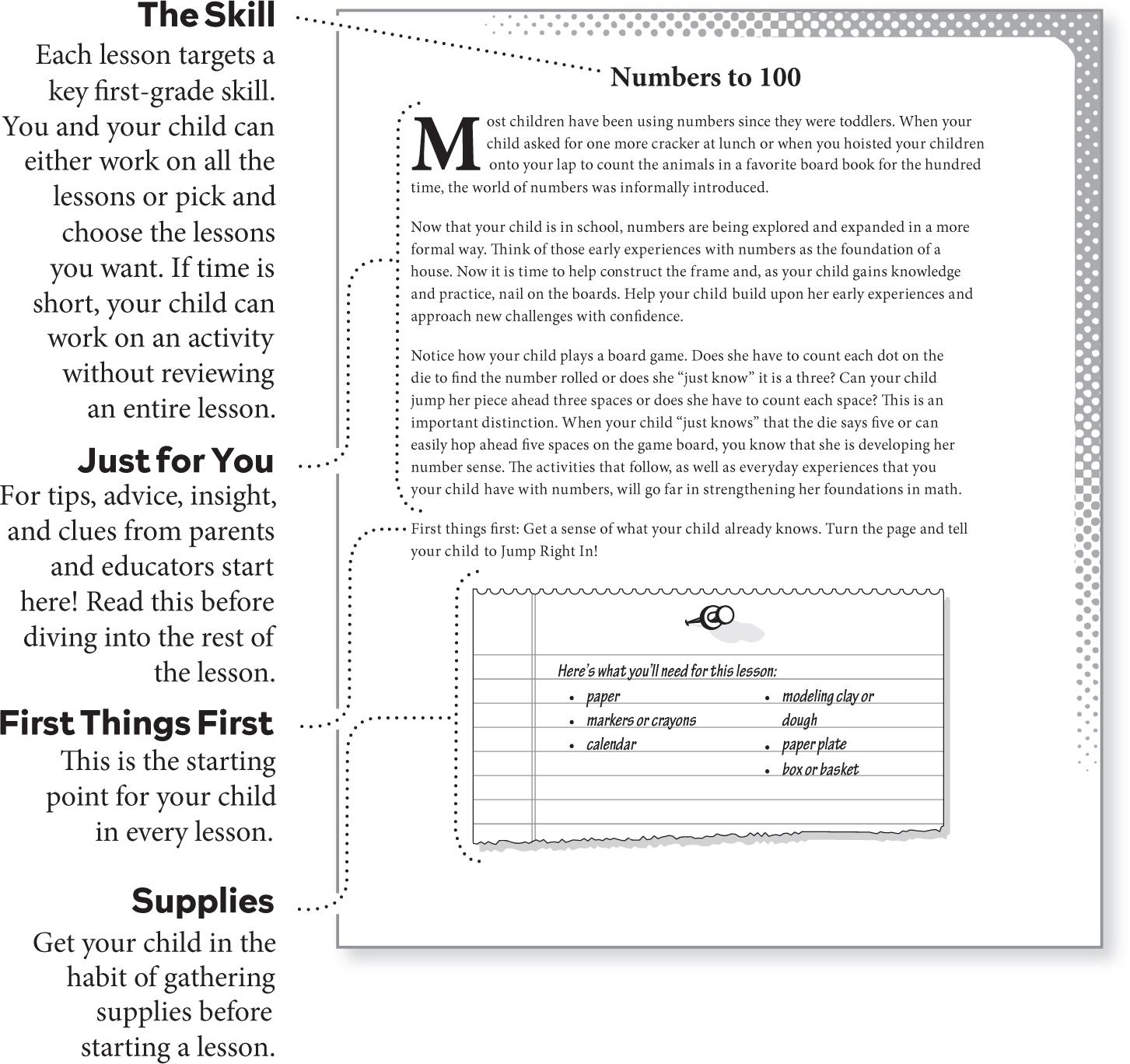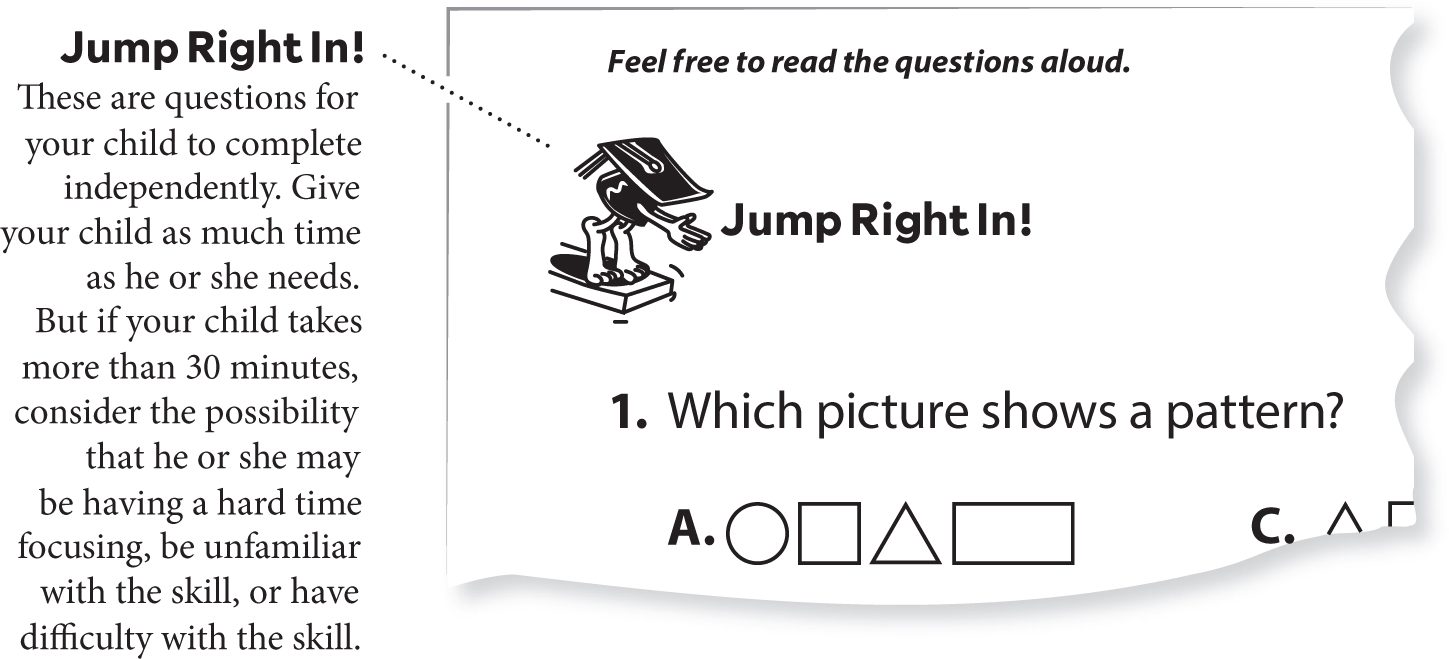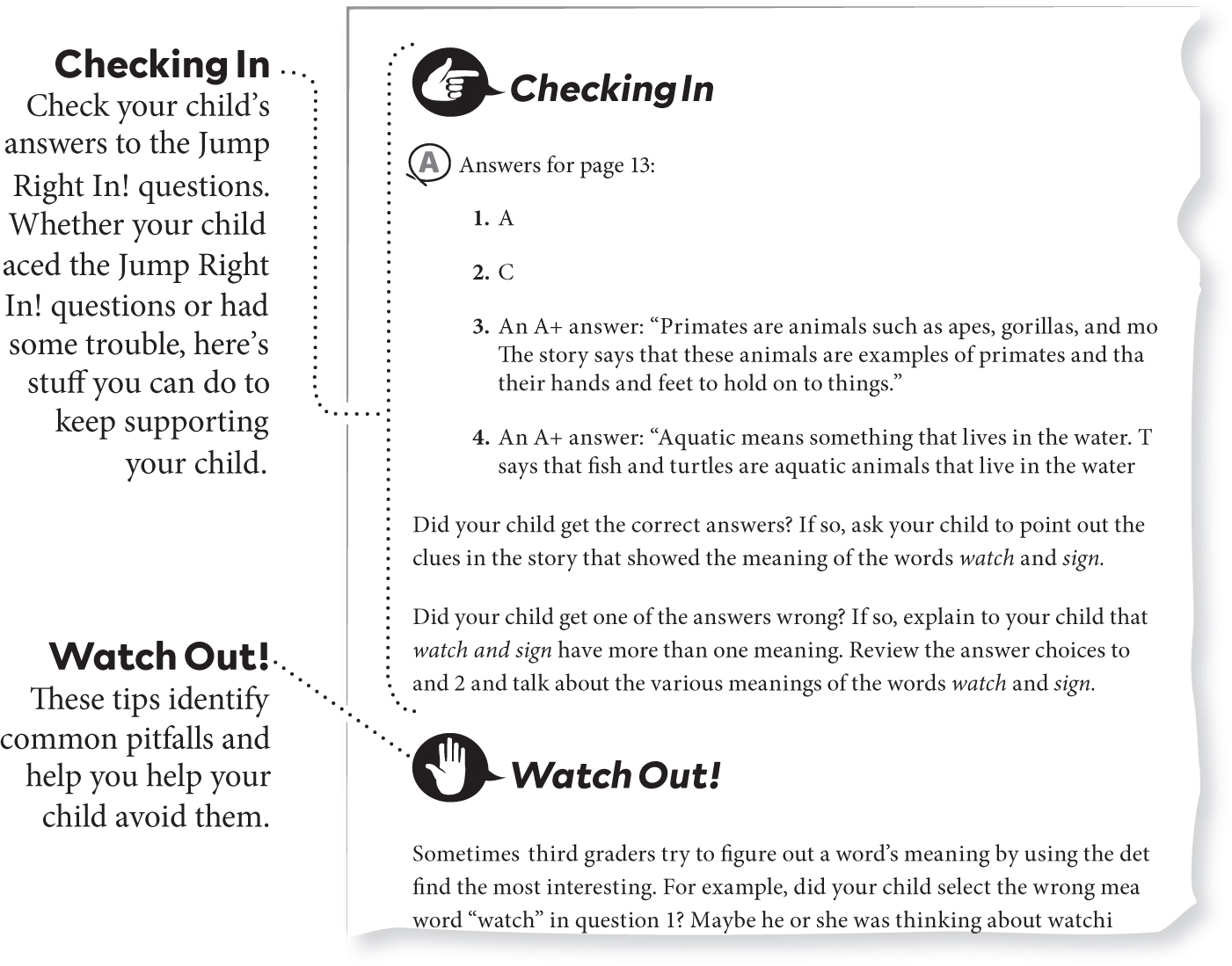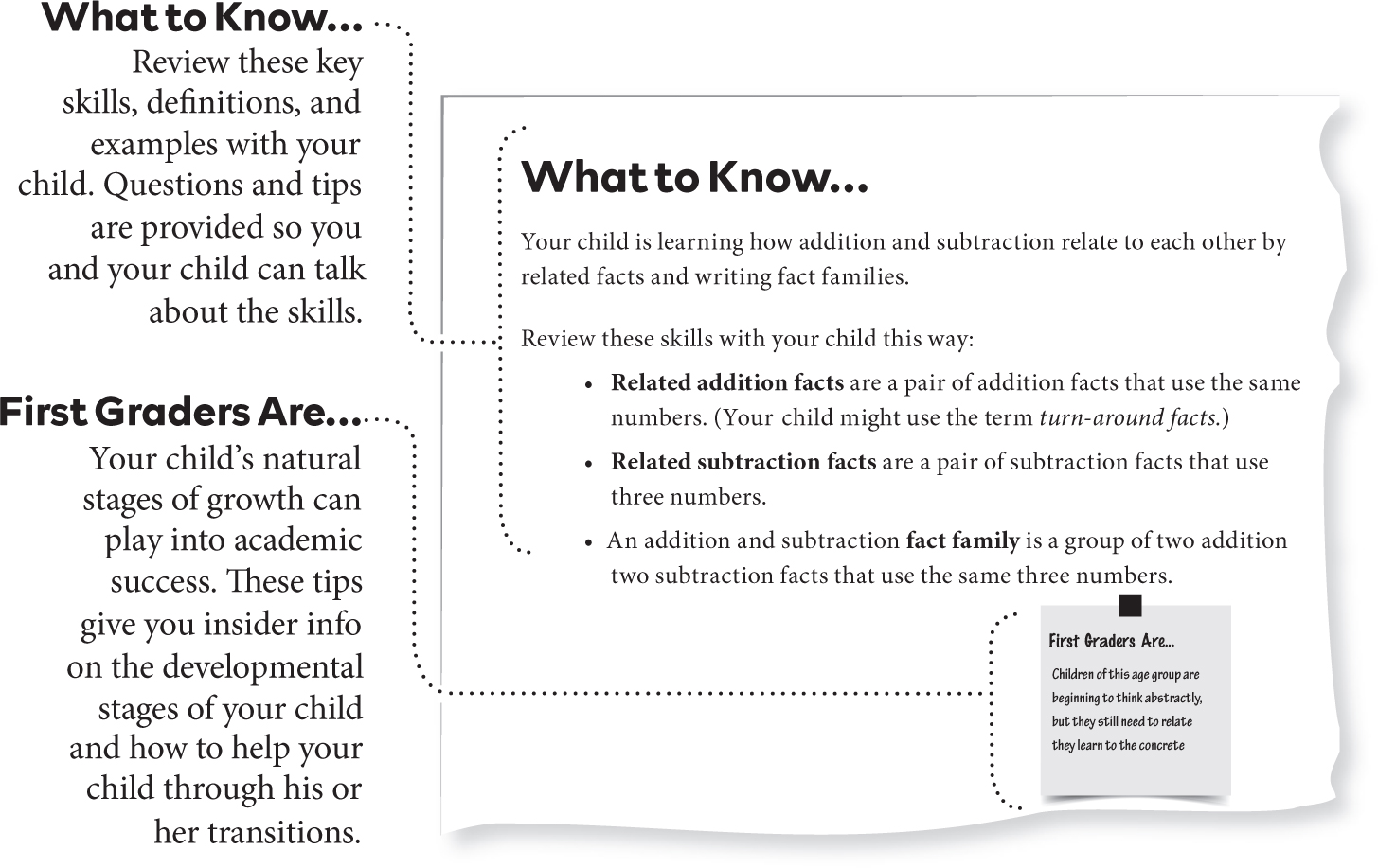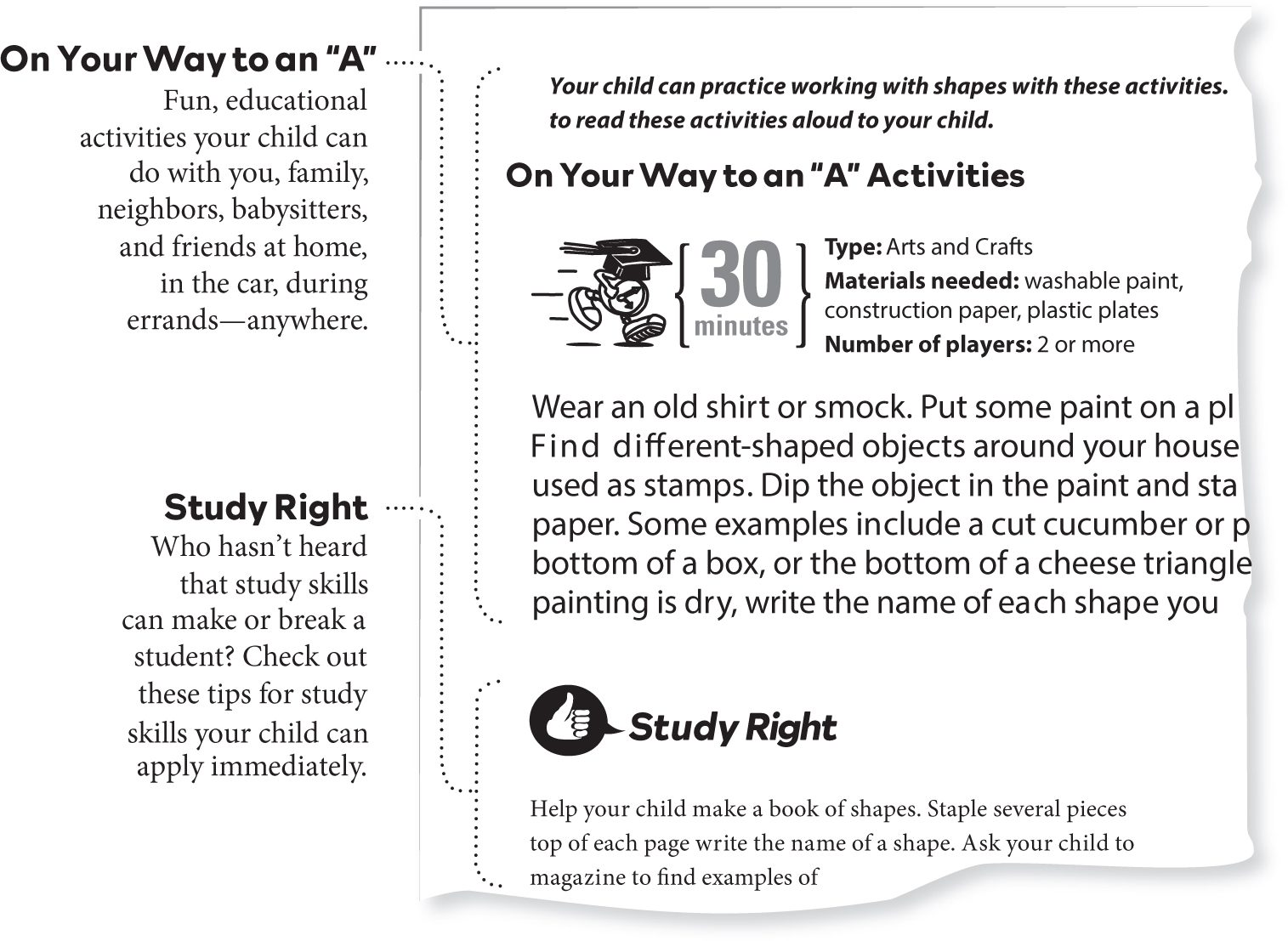Editorial
Rob Franek, Editor-in-Chief
David Soto, Director of Content Development
Stephen Koch, Student Survey Manager
Deborah Weber, Director of Production
Gabriel Berlin, Production Design Manager
Selena Coppock, Managing Editor
Aaron Riccio, Senior Editor
Meave Shelton, Senior Editor
Chris Chimera, Editor
Anna Goodlett, Editor
Eleanor Green, Editor
Orion McBean, Editor
Patricia Murphy, Editorial Assistant
Random House Publishing Team
Tom Russell, VP, Publisher
Alison Stoltzfus, Publishing Director
Ellen Reed, Production Manager
Amanda Yee, Associate Managing Editor
Suzanne Lee, Designer
The Princeton Review
110 East 42nd Street, 7th Floor
New York, NY 10017
Email:
Copyright 2020 by TPR Education IP Holdings, LLC.
All rights reserved.
Published in the United States by Penguin Random House LLC, New York, and in Canada by Random House of Canada, a division of Penguin Random House Ltd., Toronto.
ISBN9780525571735
Ebook ISBN9780525571773
The Princeton Review is not affiliated with Princeton University.
Editor: Meave Shelton
Production Editor: Sarah Litt
Production Artist: Deborah Weber
Cover art by Maria Starus / Alamy Stock Photo
Cover design by Suzanne Lee
a_prh_5.6.0_c0_r0
CONTENTS
Introduction
You and Your Child
Your job is to help your child excel in school. Everyone agrees that children bloom when their parents, family, friends, and neighbors nudge them to learnfrom the Department of Education to the Parent Teacher Association, from research organizations known as educational laboratories to the local newspaper, from the National Endowment for the Arts to kids shows on TV.
But state standards hardly make for enjoyable leisure reading, and plowing through reports on the best ways to teach reading and math can leave you rubbing your temples. Youre caught in the middle: you want to help your child, but its not always easy to know how.
Thats where 1st Grade at Home comes in. We identified the core skills that first graders need to know. Then, we put them together along with some helpful tips for you and fun activities for your child. We built this book to be user friendly, so you and your child can fit in some quality time, even as youre juggling all your other responsibilities.
For a helpful orientation to 1st Grade at Home, head over to The Princeton Reviews channel at www.YouTube.com/ThePrincetonReview .
Rob Franek, Editor-in-Chief of The Princeton Review, will share suggestions for how best to use these books with your child and get the most out of this educational tool. Our team at The Princeton Review is here to help you and your child as best we can.
A Parents Many Hats
As a parent, youre a cook, a chauffeur, a coach, an ally, and oh so many other things. So, keep it simple. Check out these ways you can use 1st Grade at Home to get involved in your childs academic life.
Teacher. You taught your child how to cross the street and tie his or her shoes. In addition, you may have worked to teach your child academic skills by reviewing the alphabet, helping your child memorize facts, and explaining concepts to your child. By doing so, you are modeling a great learning attitude and great study habits for your child. You are teaching him or her the value of school.
Nurturer. As a nurturer, youre always there to support your child through tough times, celebrate your childs successes, and give your child rules and limits. You encourage your child while holding high expectations. All of this can help your child feel safe and supported enough to face challenges and opportunities at school, like new classmates, new teachers, and so on.
Intermediary. Youre your childs first representative in the world. Youre the main go-between and communicator for your child (school-to-home and home-to-school).
Advocate. As an advocate, you can do many things: sit on advisory councils at school, assist in the classroom, join the PTA, volunteer in school programs, vote in school board elections, and argue for learning standards and approaches you believe in.
Sometimes its hard to know what to do, and its easy to feel overwhelmed. But remember, its not all on your shoulders. Research shows that family and close friends all have a huge effect on kids academic success.
Whats in This Book
How Does Your Child Learn Best?
Did you know that your child learns in a lot of different ways? When kids learn, they use their minds, their bodies, and their sensestheir sense of sight, sound, taste, touch, and smell.
Some kids can succeed in any classroom while others need specialized learning support, but all of them have strengths and weaknesses. Your child can learn to rely on his or her strengths and then work on any weaknesses. This book is full of activities that address each of these learning styles.
VisuallyUsing Our Sense of Sight Your child may learn best by looking at pictures, outlines, maps, and such. He may like to draw pictures or take notes.
AuditoryUsing Our Sense of Sound Your child may learn best by listening to teachers speak, discussing with friends and classmates, and listening to music while studying. She may like to tap a rhythm with her pen or pencil while studying.

